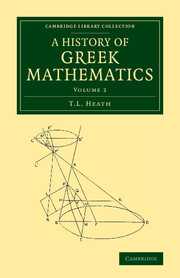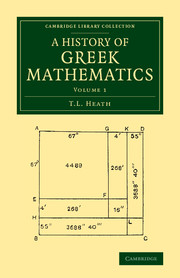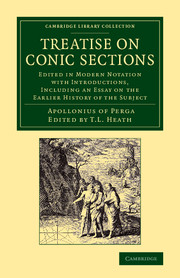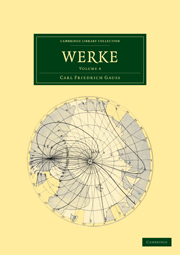A History of Greek Mathematics
'If one would understand the Greek genius fully, it would be a good plan to begin with their geometry.' As early as the sixth century BCE, Thales of Miletus used geometrical principles to calculate distance and height. Within a few hundred years, Euclid had produced his seminal Elements, which was still used as a textbook when this two-volume work was first published in 1921. A distinguished civil servant as well as an expert on ancient Greek mathematics, Sir Thomas Little Heath (1861–1940) includes here sufficient detail for a modern mathematician to grasp ancient methodology, alongside explanatory sections aimed at classicists. This remains a rigorous and essential exposition of a vast topic. Volume 2 focuses on post-Euclidian mathematics, beginning with the work of Aristarchus of Samos and extending to that of Diophantus of Alexandria. Heath had previously published separate studies on these two thinkers (also reissued in this series).
Product details
November 2013Paperback
9781108063074
604 pages
216 × 140 × 34 mm
0.76kg
Available
Table of Contents
- 12. Aristarchus of Samos
- 13. Archimedes
- 14. Conic sections
- 15. The successors of the great geometers
- 16. Some handbooks
- 17. Trigonometry
- 18. Mensuration
- 19. Pappus of Alexandria
- 20. Algebra
- 21. Commentators and Byzantines
- Appendix
- Index of Greek words
- English Index.






